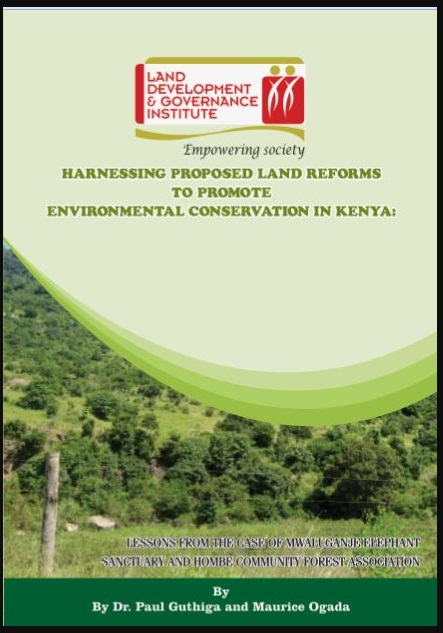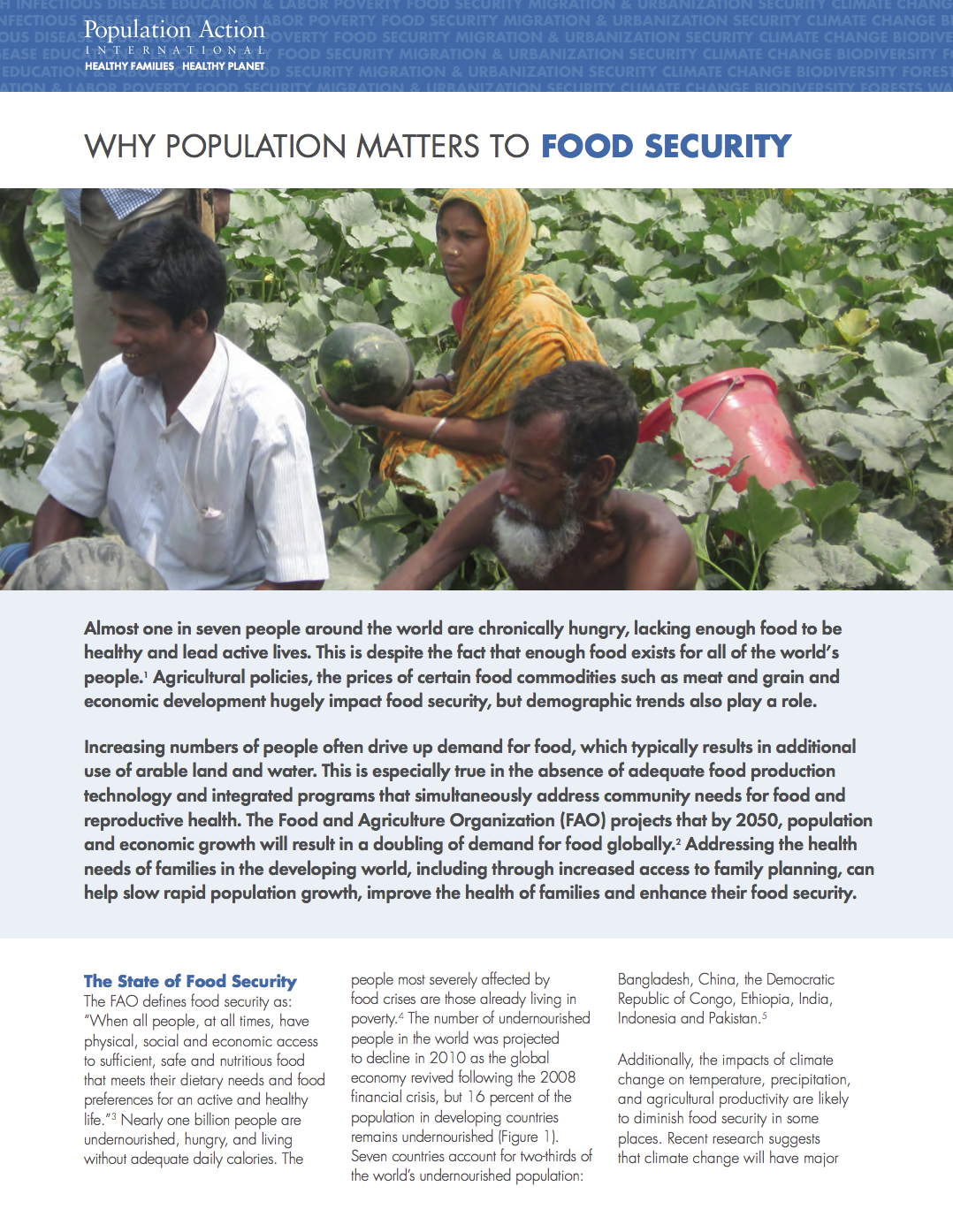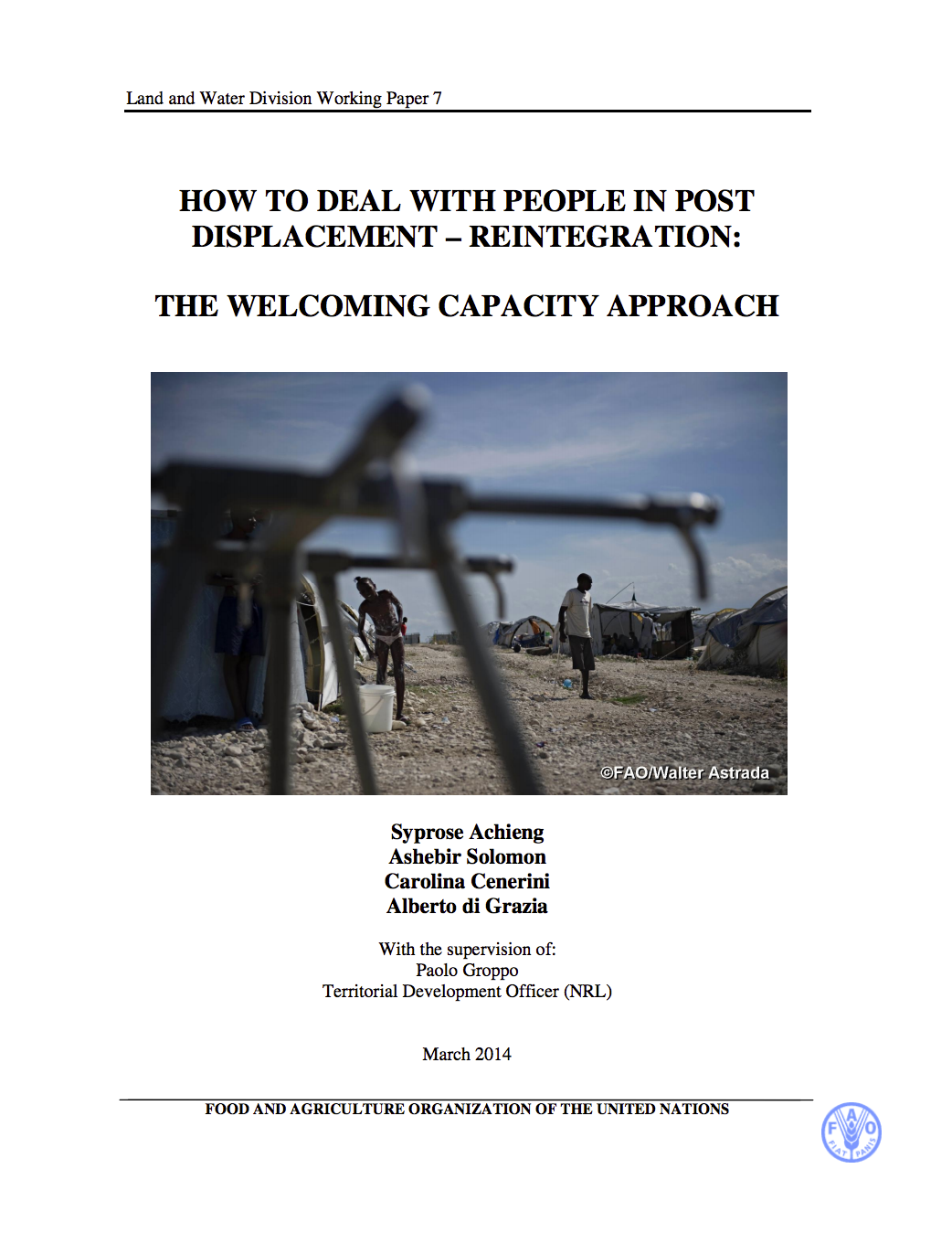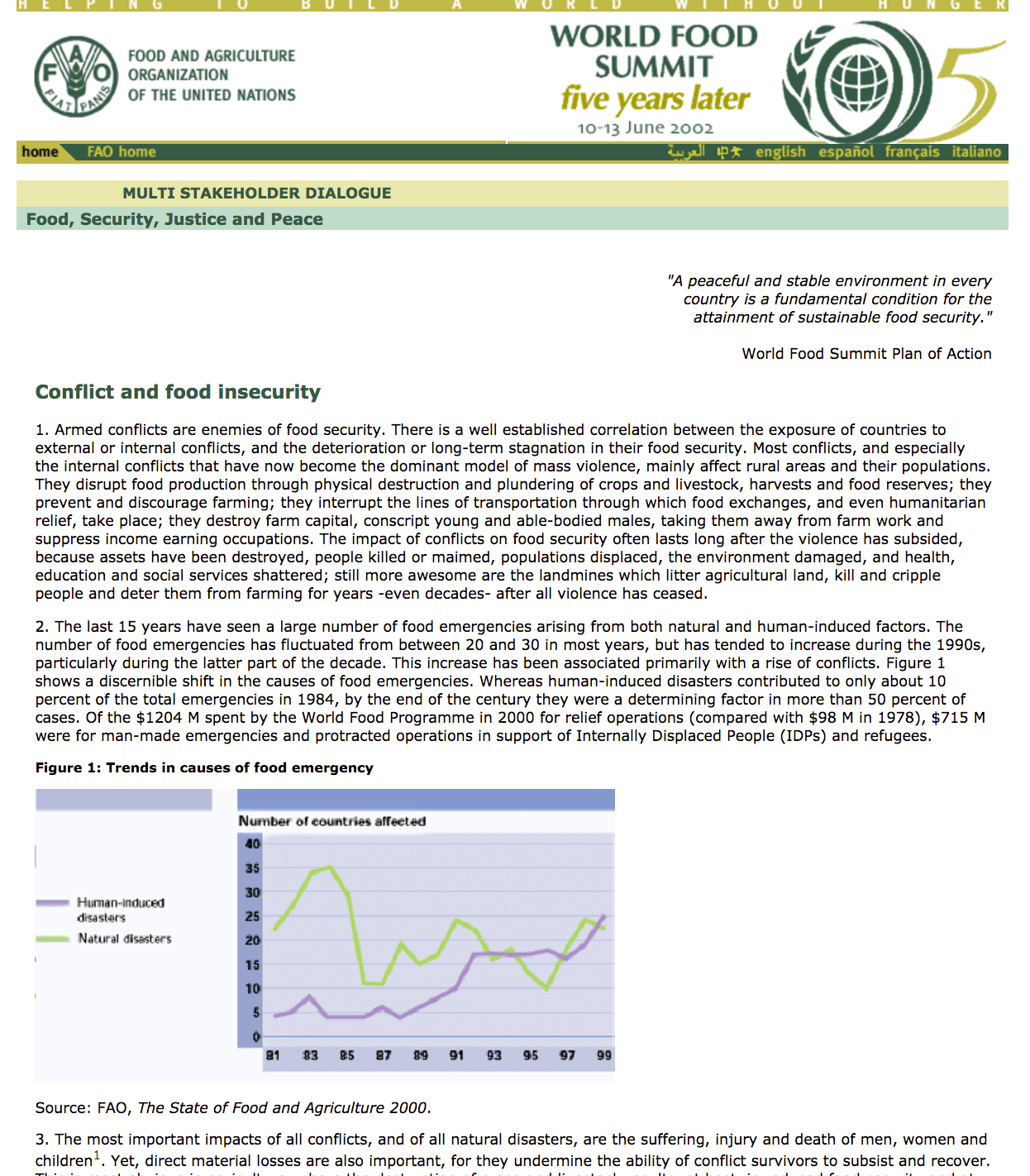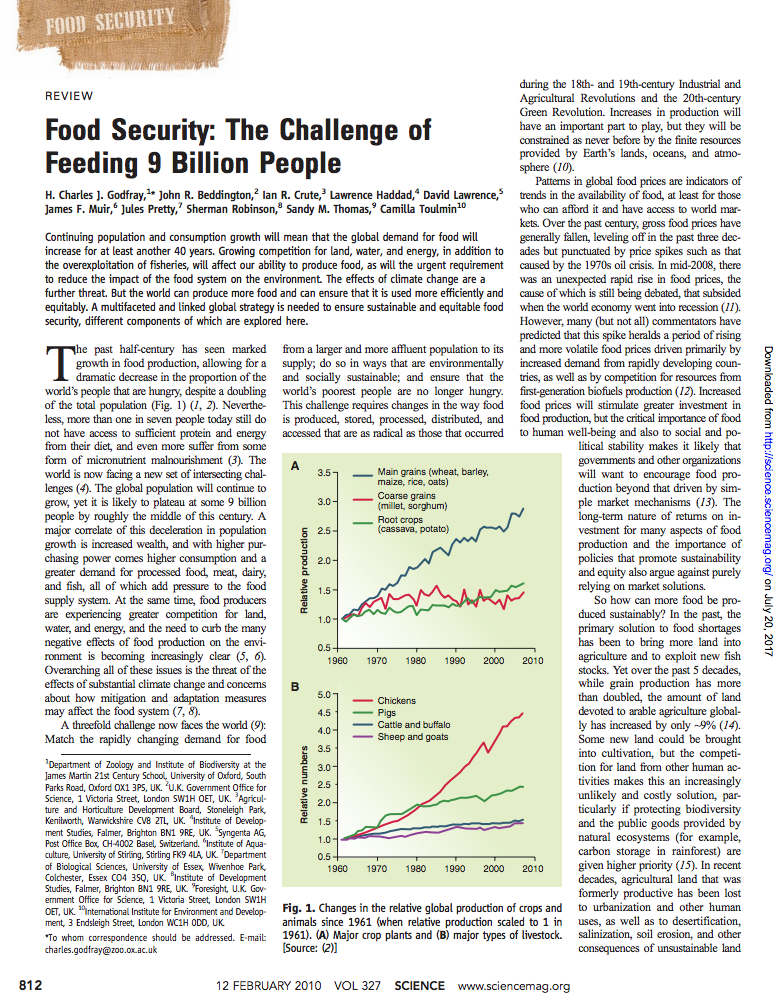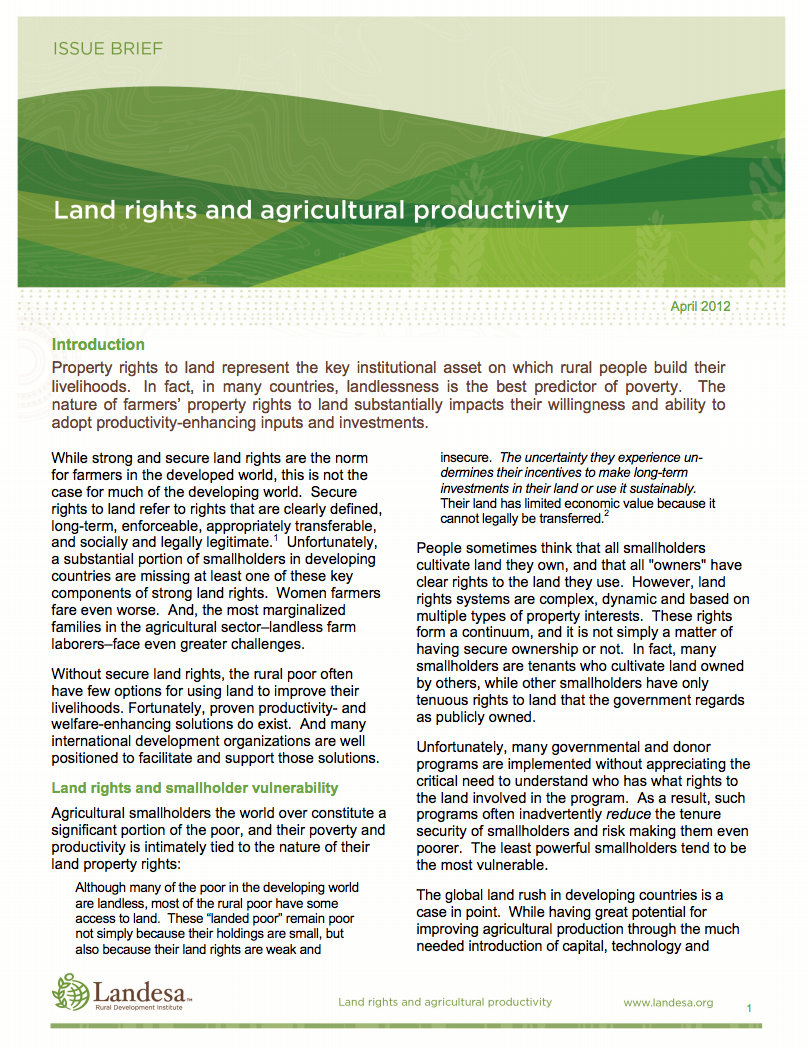Harnessing Proposed Land Reforms to Promote Environmental Conservation in Kenya: Lessons from The Case of Mwaluganje Elephant Sanctuary and Hombe Community Forest Association
Land plays a vital and central role in the economic, social-cultural and political lives of both individuals and communities. Given its centrality in the socio-economic and political spheres, national goals such as economic development, poverty reduction, social and political stability are closely linked to land. Land provides the livelihood base for the bulk of the population especially in the rural areas where agriculture is the main occupation. Despite their importance, land and environment in Kenya have suffered decades of mismanagement that has led to the current state of degradation.

